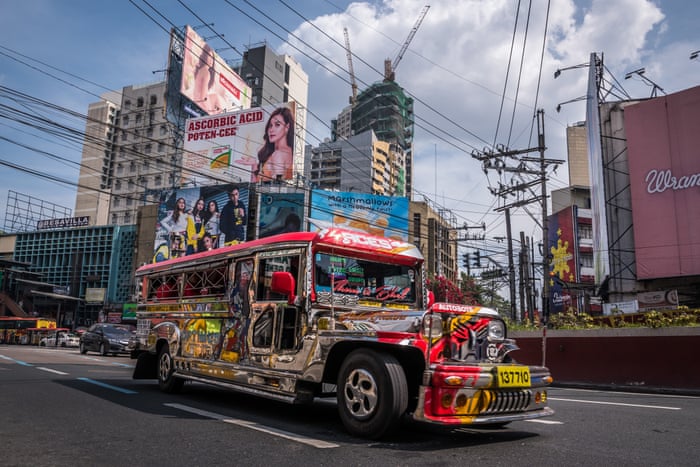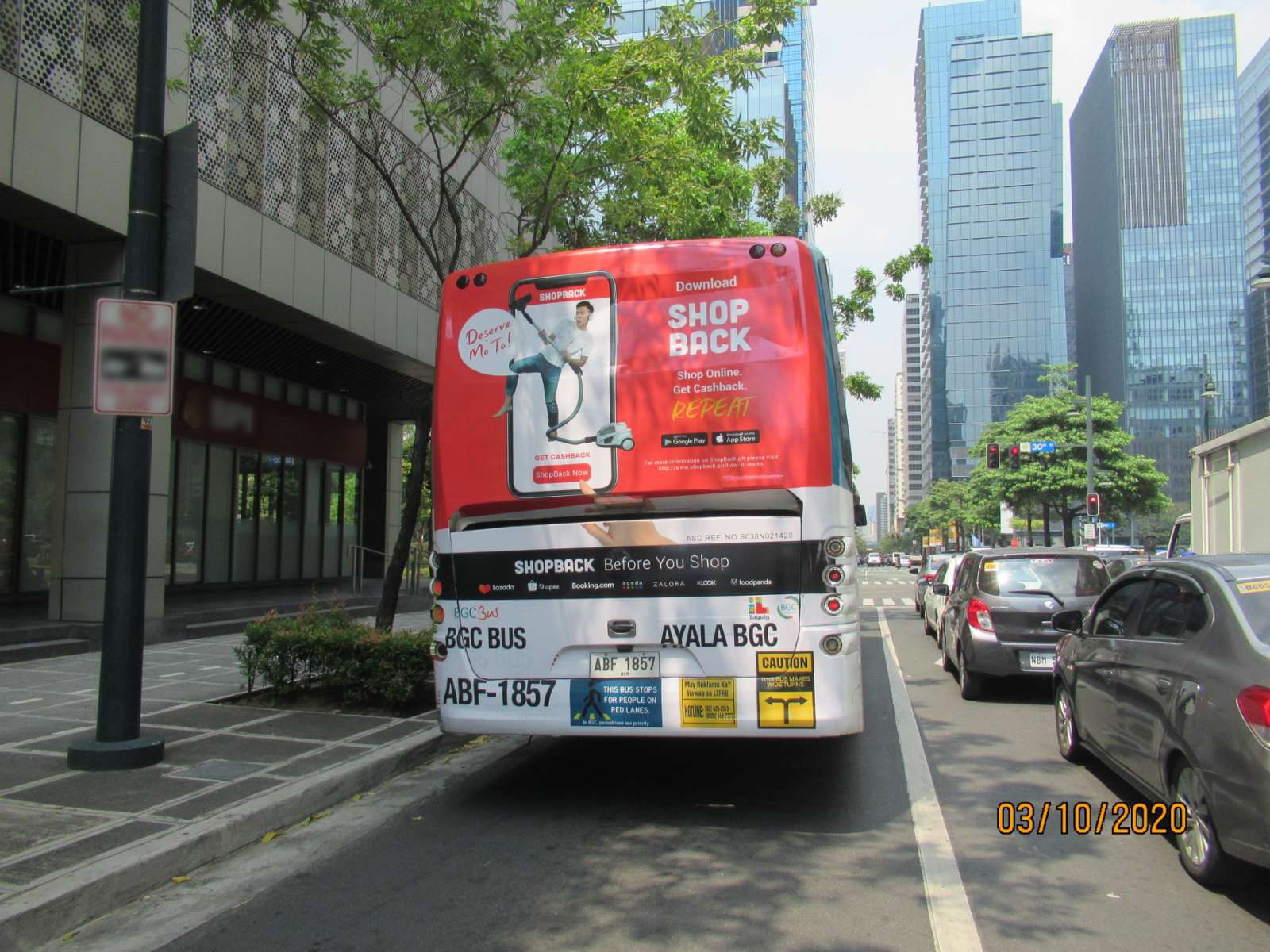Recognizing the Role of Transportation Advertising in Enhancing Brand Presence and Consumer Involvement
Transit advertising and marketing has arised as a critical component in the marketing landscape, using unique chances for brand names to elevate their exposure and involve consumers successfully. With the ability to reach a captive and varied audience during their everyday commutes, these marketing strategies are not simply concerning visibility; they have to do with developing meaningful links with potential customers. As we check out the diverse advantages and cutting-edge approaches within transit marketing, it ends up being important to consider exactly how these aspects collectively influence consumer understanding and habits, questioning concerning their long-lasting effect on brand name commitment.
Interpretation of Transportation Marketing
Transit advertising describes the technique of advertising products, services, or brand names with ads put in and around mass transit systems. This kind of advertising and marketing includes a variety of positionings, consisting of posters on buses and trains, digital screens at transportation stations, and wraps on the outside of automobiles. It aims to get to a varied audience, profiting from the high foot website traffic related to public transit.
Transportation marketing is strategically placed to capture the focus of travelers, who usually invest considerable time traveling or waiting. By incorporating ads into the everyday routines of people, brands can produce a lasting impact and foster brand acknowledgment. The medium is specifically effective in city atmospheres, where public transport is a main setting of travel.
In addition, transit advertising and marketing can help with local targeting, allowing organizations to get to specific demographics based on transportation routes and station areas. As urban populaces grow and using public transportation boosts, this advertising approach has obtained importance as a vital element of incorporated marketing methods. The vibrant nature of transit marketing, incorporated with its ability to engage consumers in a restricted setting, underscores its importance in modern advertising and marketing techniques.
Benefits of Transit Marketing
The efficiency of transportation advertising and marketing depends on its ability to provide a wide variety of advantages to brand names looking for to enhance visibility and interaction. One of the main benefits is the substantial reach it supplies; transportation advertisements can effectively target diverse demographics across urban areas, reaching both pedestrians and commuters alike. This broad exposure substantially improves brand name recognition.
One more benefit is the high frequency of impressions. As transit cars follow recognized routes and stop at numerous areas, they develop repeated exposure that strengthens brand messages. This frequency cultivates knowledge, which is critical in customer decision-making.
Transportation marketing is also affordable contrasted to various other media systems. Given its expansive reach and possibility for high perceptions, brands frequently experience a lower price per thousand perceptions (CPM), maximizing their advertising spending plan.
Additionally, transit ads can develop a feeling of community link. By lining up with local transportation systems, brand names can resonate with local audiences and foster a feeling of regional pride. This local method enhances brand name loyalty and engagement, making transportation advertising a compelling choice for companies intending to strengthen their existence on the market.

Effective Methods for Transit Projects
To optimize the impact of transportation campaigns, brand names ought to utilize tactical preparation and execution customized to their target audience. Initially, determining the group attributes of the target market utilizing public transportation is essential. This permits brands to produce personalized messaging that resonates with possible customers.
Next, picking the right transportation tools is important. Whether making use of bus wraps, train posters, or electronic displays, each medium has special benefits that can enhance exposure. As an example, vibrant visuals on bus wraps can stand out, while digital advertisements can be upgraded frequently to reflect prompt promos.
Moreover, integrating a natural branding method throughout transportation platforms guarantees uniformity and reinforces the brand name's identification. Utilizing memorable taglines and attractive styles will strengthen brand article source name recall amongst travelers.
By utilizing these techniques, brands can efficiently harness the potential of transportation marketing, promoting greater awareness and link with their target audience. Eventually, a well-executed transportation campaign can drive considerable growth in brand presence and customer interaction.

Gauging Effect and Engagement
In evaluating the performance of transit advertising projects, precise dimension of effect and engagement is crucial for brand names seeking to maximize their advertising strategies. Metrics such as reach, regularity, and impressions give foundational information to examine visibility. Examining these elements aids identify how several prospective customers are subjected to the advertisements during their daily commutes.
Interaction can be more assessed via consumer communications, such as site traffic, social networks discusses, and straight reactions to calls-to-action included in the ads. Utilizing devices like QR codes or unique Links can help with tracking of customer behavior straight connected to transit projects. Studies and feedback systems additionally act as beneficial methods to gather qualitative information on customer perceptions and recall of the ad.
Additionally, progressed analytics and attribution models can correlate transportation direct exposure with succeeding acquiring actions, supplying insights into the roi. By utilizing a thorough approach that combines qualitative and quantitative procedures, brand names can create a nuanced understanding of their transportation advertising and marketing impact. Ultimately, this data-driven strategy enables brands to fine-tune their campaigns, guaranteeing they reverberate successfully with target market and improve general brand name visibility.
Case Studies of Successful Campaigns
Successful transit advertising projects act as engaging instances of just how reliable approaches can raise brand name exposure and engagement. Transit Advertising Philippines. One noteworthy case is the "I Love New york city" project, which changed the city's picture and drew in countless travelers. By utilizing metro advertisements, signboards, and bus covers, the project developed a strong, natural brand name identification, leading to a substantial uptick in tourist and neighborhood service patronage
One more exemplary project is Coca-Cola's "Share a Coke" effort, which leveraged transit advertising to individualize the brand name experience. By featuring preferred names on marketing materials throughout different transportation systems, Coca-Cola fostered a much deeper emotional link with consumers, encouraging them to share their experiences on social media sites.
Furthermore, the "Got Milk?" campaign successfully utilized public transport ads to get to a wide audience, enhancing the message of the significance of milk in a well balanced diet plan. The project saw a measurable rise in milk usage in target demographics.
These study illustrate that when implemented attentively, transit advertising and marketing can dramatically improve brand exposure, foster consumer interaction, and drive quantifiable results, showing its important duty in modern advertising and marketing techniques. - Transit Advertising Philippines
Verdict
In final thought, transportation advertising and marketing acts as an essential tool for improving brand presence and fostering consumer involvement. By utilizing strategically put ads within mass transit systems, brands can successfully get to diverse audiences and strengthen recognition with constant direct exposure. The execution of targeted messaging and innovative techniques additionally magnifies the influence of transportation projects. Ultimately, the ability to measure interaction and examine effective study emphasizes the performance of transportation advertising and marketing in driving brand name like this commitment and customer communications.
Transportation advertising and marketing has actually emerged as a pivotal aspect in the marketing landscape, click this link offering one-of-a-kind chances for brand names to raise their visibility and involve consumers effectively.Additionally, transit advertising can help with local targeting, permitting services to reach specific demographics based on transportation paths and station areas.In assessing the effectiveness of transportation marketing campaigns, exact measurement of influence and interaction is vital for brands looking for to optimize their advertising and marketing methods.Successful transportation advertising projects serve as engaging examples of just how efficient strategies can boost brand presence and engagement.In verdict, transportation advertising offers as a crucial tool for improving brand presence and promoting customer engagement.